
THE FAERIE QUEEN PENGUIN ENGLISH POETS
GENERAL EDITOR: CHRISTOPHER RICKS
EDMUND SPENSER was born in London, probably in 1552, and was educated at the Merchant Taylors School from which he proceeded to Pembroke College, Cambridge. There he met Gabriel Harvey, scholar and University Orator, who exerted an influence on his first important poem,
The Shepheardes Calender (1579). On receiving the MA degree in 1576 he became secretary to John Young, Bishop of Rochester, formerly Master of Pembroke. He may also have served briefly in the household of Robert Dudley, Earl of Leicester, where we assume he met the Earls nephew, Sir Philip Sidney, to whom he dedicated
The Shepheardes Calender. In 1580 he went to Ireland as secretary to Lord Grey de Wilton, Lord Deputy of Ireland, and stayed there most of his remaining life. While at Kilcolman, his estate in County Cork, Spenser met or reacquainted himself with his neighbour, Sir Walter Ralegh, who in 1589 brought him to London to present three books of
The Faerie Queen (1590) to its dedicatee, Queen Elizabeth, who rewarded him with a pension of fifty pounds a year. After his return to Ireland in 1591, his two volumes
Complaints and
Daphnaida were published in London..
His marriage to Elizabeth Boyle was celebrated in his sonnet sequence Amoretti and Epithalamion (1595), and in the same year his pastoral eclogue, Colin Clouts Come Home Again also appeared. In 1596 he brought out the second three books of The Faerie Queen as well as his Fowre Hymnes and Prothalamion. In 1598 his estate was burned during the Tyrone rebellion, and he fled to Cork and thence to London where he died in 1599. He was buried in Westminster Abbey and his fame, denied him in life, has endured. In 1609 a folio edition of The Faerie Queen appeared, including for the first time The Mutabilitie Cantos, and in 1611 a folio of the complete poetical works. His fame endures to this day as the great precursor of Milton. THOMAS P.
ROCHE, Jr, Murray Professor of English at Princeton University, was born in New Haven, Connecticut, in 1931 and was educated at Yale, Cambridge and Princeton and has taught at Princeton since 1960. He is the author of The Kindly Flame: A Study of the Third and Fourth Books of the Faerie Queen (1964) and Petrarch and the English Sonnet Sequences (1989). He has edited the essays of Rosemond Tuve and is co-editor with Anne Lake Prescott and William Oram of Spenser Studies: A Renaissance Poetry Annual. He has also published on Sidney, Shakespeare, Petrarch, Ariosto and Tasso. He is currently at work on the iconography of the muses from Hesiod to Milton.
EDMUND SPENSER

THE FAERIE QUEENE
EDITED BY THOMAS P. ROCHE, JR
WITH THE ASSISTANCE OF
C.
PATRICK ODONNELL, JR PENGUIN BOOKS PENGUIN BOOKS Published by the Penguin Group
Penguin Books Ltd, 80 Strand, London WC2R 0RL, England
Penguin Putnam Inc., 375 Hudson Street, New York, New York 10014, USA
Penguin Books Australia Ltd, 250 Camberwell Road, Camberwell, Victoria 3124, Australia
Penguin Books Canada Ltd, 10 Alcora Avenue, Toronto, Ontario, Canada M4V 3B2
Penguin Books India (P) Ltd, 11 Community Centre, Panchsheel Park, New Delhi 110 017, India
Penguin Books (NZ) Ltd, Cnr Rosedale and Airborne Roads, Albany, Auckland, New Zealand
Penguin Books (South Africa) (Pty) Ltd, 24 Sturdee Avenue, Rosebank 2196, South Africa Penguin Books Ltd, Registered Offices: 80 Strand, London WC2R 0RL, England www.penguin.com
The Faerie Queene, IIII, first published 1590
The Faerie Queene, IVVI, first published 1596
The Faerie Queene, VII, 68 first published 1609
This edition first published in Penguin Books 1978
Reprinted in Penguin Classics 1987
31 Editorial matter copyright Thomas P. Roche, Jr., 1978
All rights reserved
Except in the United States of America, this book is sold subject to the condition that it shall not, by way of trade or otherwise, be lent, re-sold, hired out, or otherwise circulated without the publishers prior consent in any form of binding or cover other than that in which it is published and without a similar condition including this condition being imposed on the subsequent purchaser 9780141920405
CONTENTS
THE FAERIE QUEENS
A NOTE ON THE TEXT
THE copy text is that of
The Faerie Queene (1596) from the Huntington Library copy (56862). (III.12.43a47a) are from the 1590 edition of the poem (Letter and Commendatory Verses from the Sheldon-Osgood copy; Dedicatory Sonnets and original ending of Book Three from the William Warren Carman copy in the Robert H. Taylor Collection, both copies in Firestone Library). In dealing with the text the choices open to us ranged from complete modernization of spelling and punctuation to a simple reprinting of the 1596 text with the additions from 1590 and 1609 specified above. We have chosen to follow these texts as closely as possible in spelling and punctuation.
We have retained u, v, and i where modern orthography would print v, u, and j respectively, but we have substituted the modem ifor the old for italic f, W for VV, and have expanded all contractions of norm represented by a tilde above the preceding vowel (e.g. from for fr). It is our belief that the orthography and punctuation of Spensers poem are so integral to the meaning that we are not willing to submit them to the regularities of modern usage. We have extended this principle by retaining rhyme words that do not fit the rhyme scheme but make sense (II.2.7.7; 2.42.6; 3.28.7; 8.29.7; 12.54.7; III.6.40.6; 7.34.2; IV.7.32.7; 11.17.6;V. Proem. 11.2; 11.61.7; VI.2.3.3; 12.41.3). In three instances we have emended (II.9.9.1; VI.8.47.3; 10.32.6).
We have also retained the eight-line stanzas of 1.10.20 and III.6.45. All these readings are cited in the explanatory notes with suggested readings of other editions. Nevertheless, in such a long poem, printed in so many editions, we have found it necessary to make some changes in the text. We have made all the corrections directed by the erratum page of the 1590 edition, Faults Escaped. We have made editorial conjectures in the case of manifest errors (VL3.28.6: soft footing for softing foot) and narrative errors (IV.4.2.4: Blandamour for Scudamour, who does not appear in the canto). We have occasionally chosen readings from die 1590 or 1609 texts when the 1596 reading did not seem suitable.
All these changes are noted in the textual appendix that follows on p. 1057. The composite text we present will necessarily be disappointing in some readings to some readers. These textual notes are intended not as a definitive solution to the problems of Spensers text but a factual declaration of the sources of our differences from the copy texts. If we had a clearer knowledge of Spensers manuscripts or of who was re sponsible for the Faults Escaped or of who edited the 1609 and 1611 editions, we might be in a better position to justify our dependence on one text rather than another. However, in the present situation, in which such decisions cannot be made with any certainty, we have thought it best to make a composite text, giving priority to the 1596 copy text, in full awareness of the fact that reliance on one copy of a text is insufficient proof.

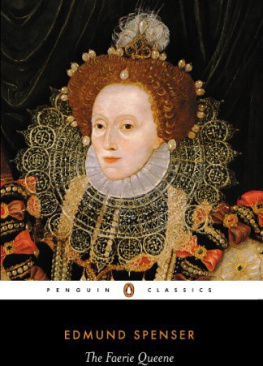
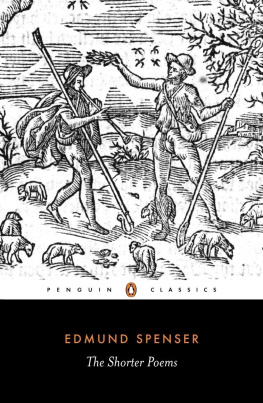
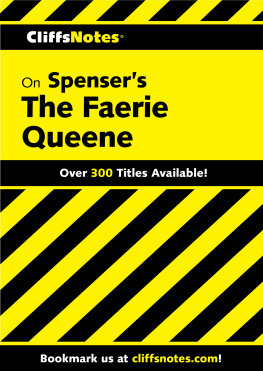
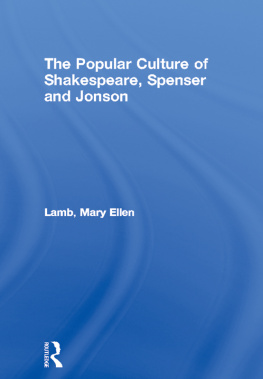
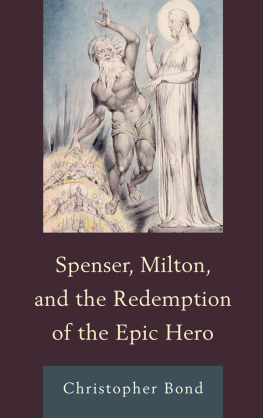
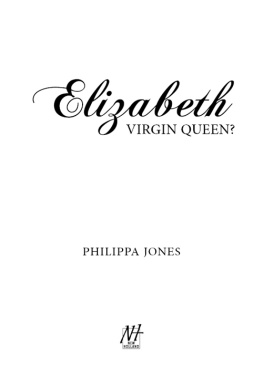
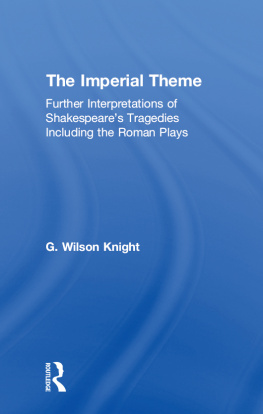
![Jamie Knight [Jamie Knight] - Revealing His Virgin](/uploads/posts/book/141323/thumbs/jamie-knight-jamie-knight-revealing-his-virgin.jpg)

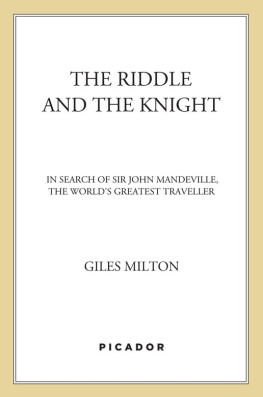

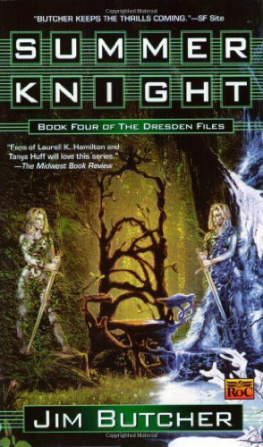

 THE FAERIE QUEEN PENGUIN ENGLISH POETS
THE FAERIE QUEEN PENGUIN ENGLISH POETS